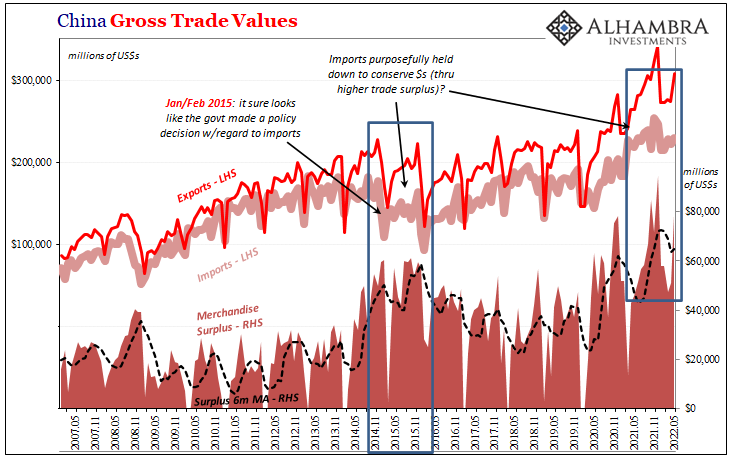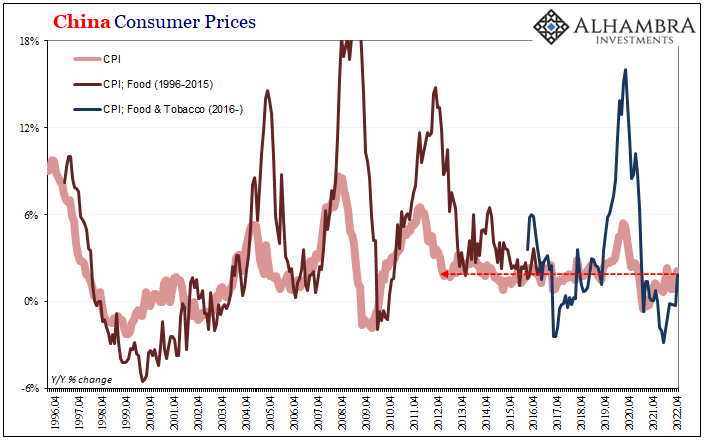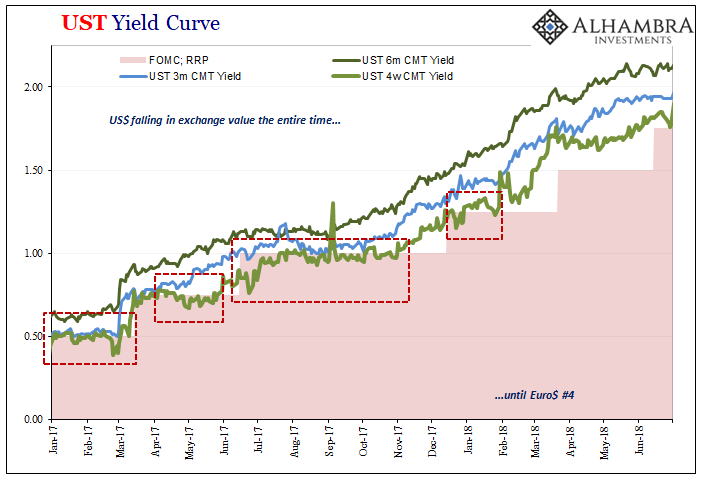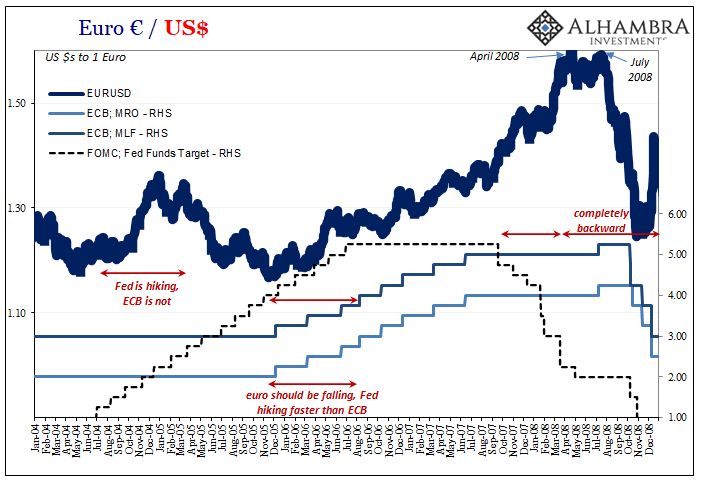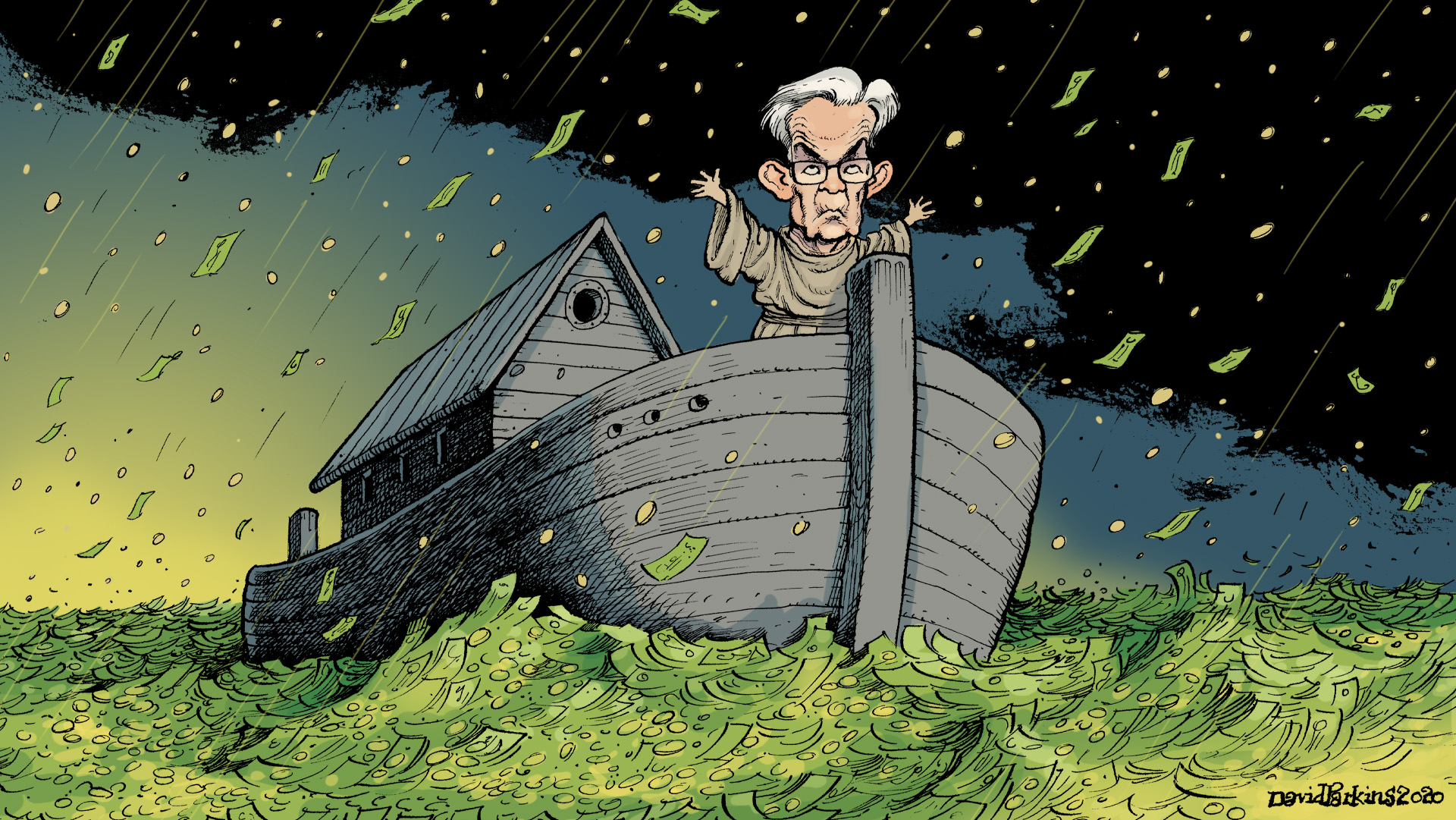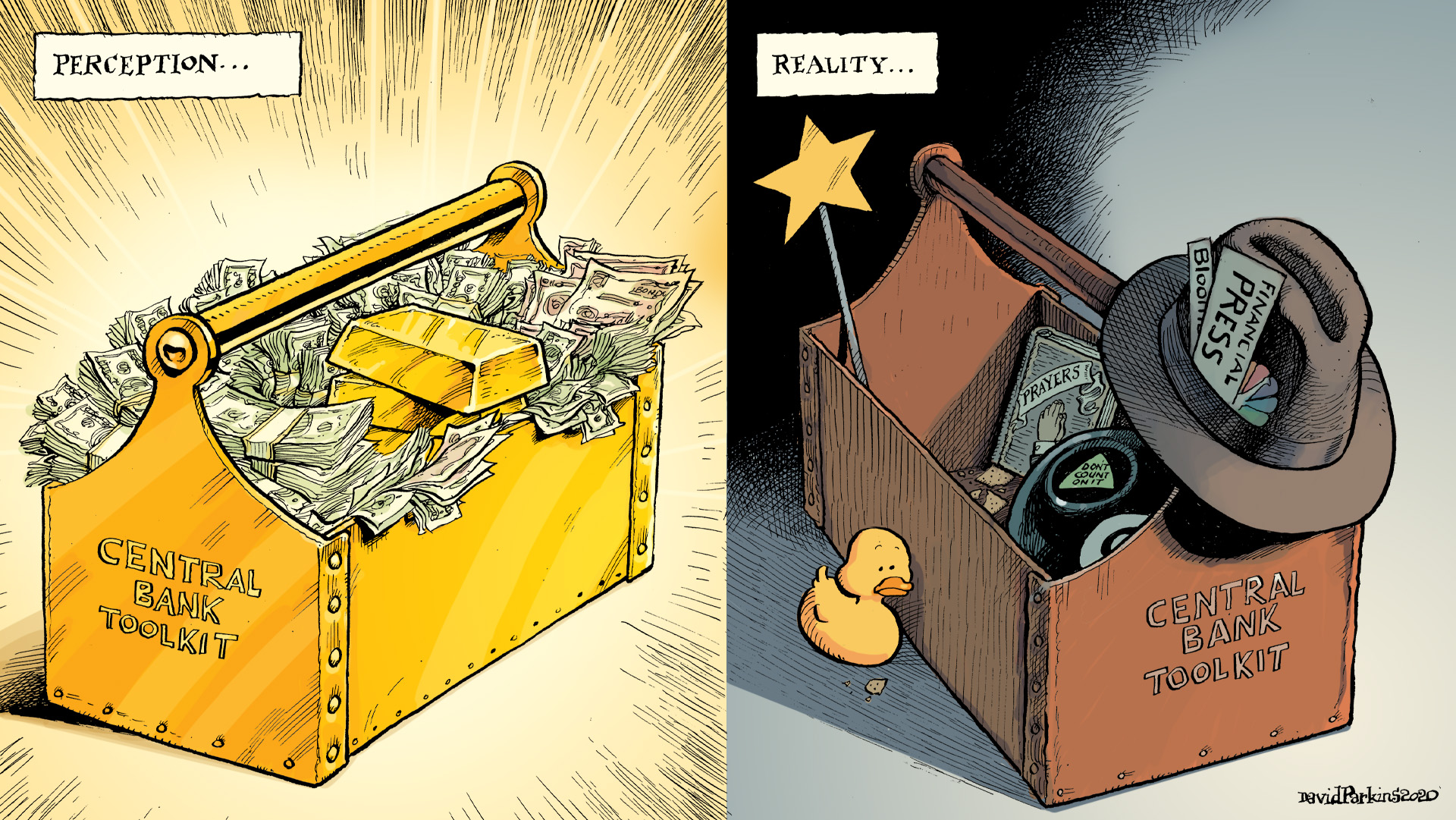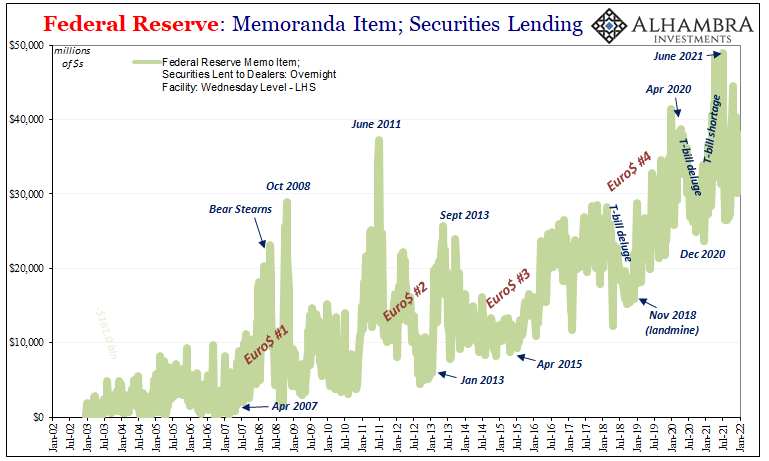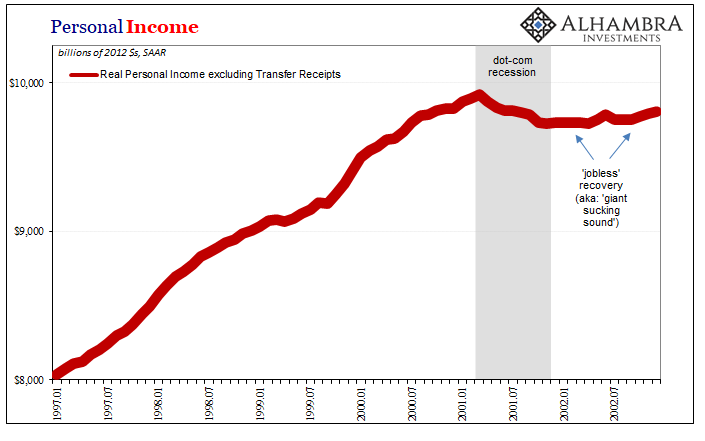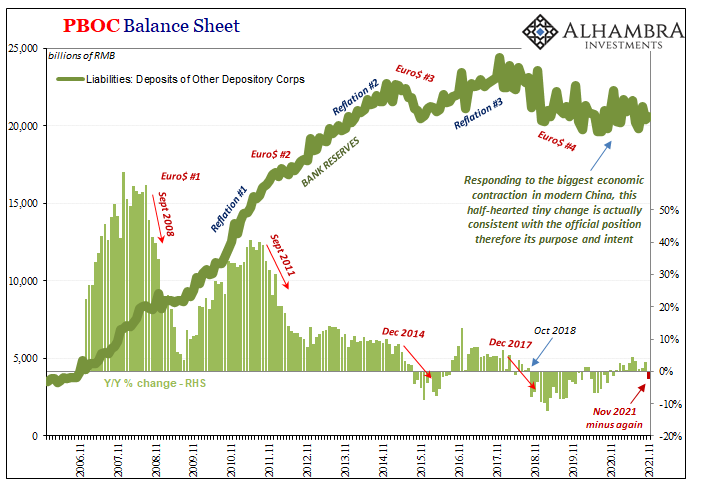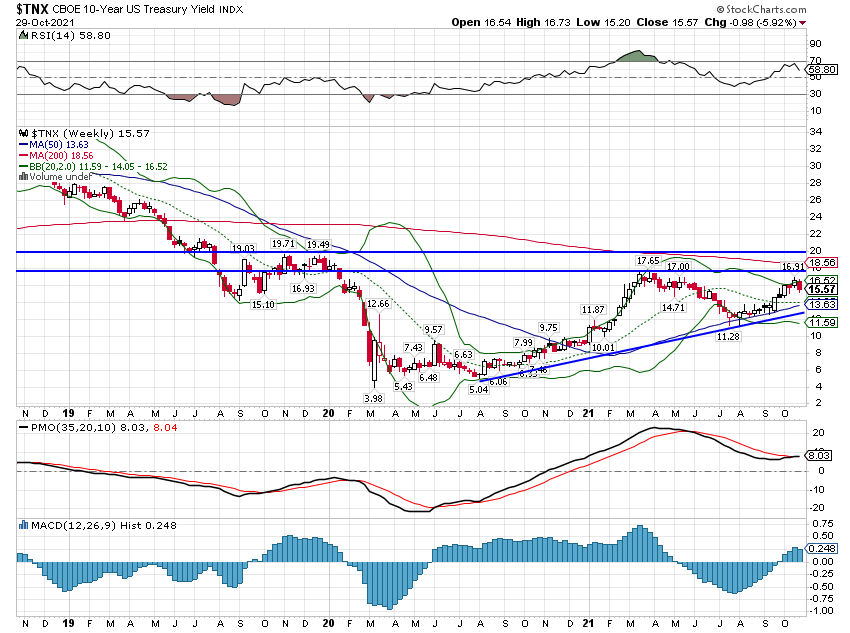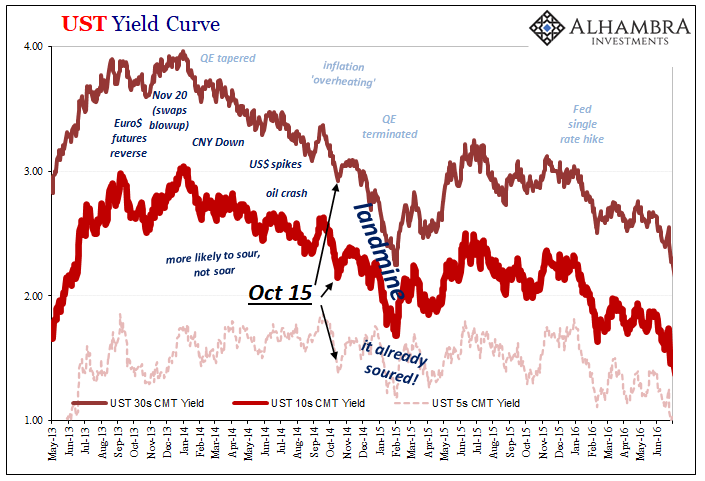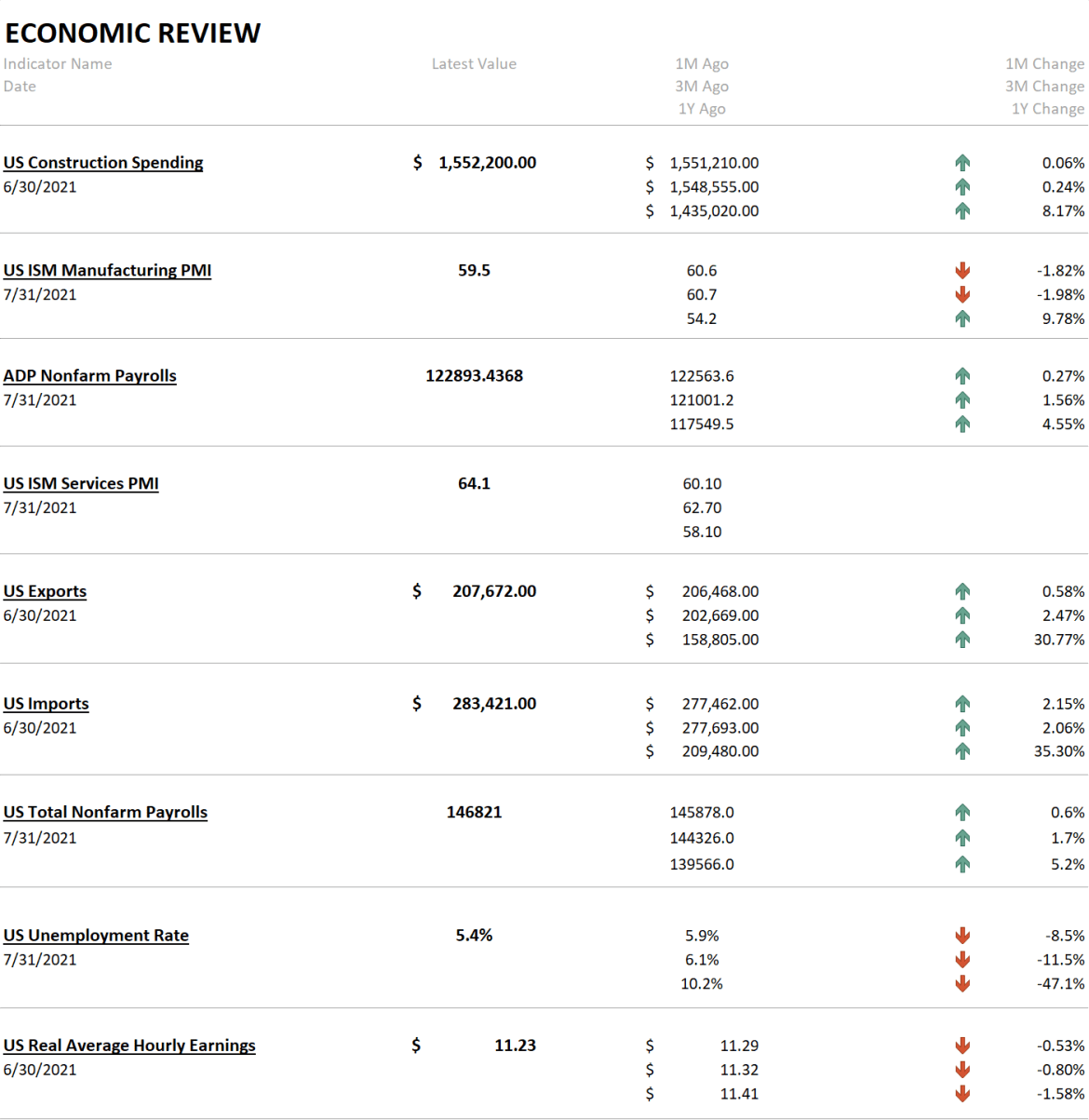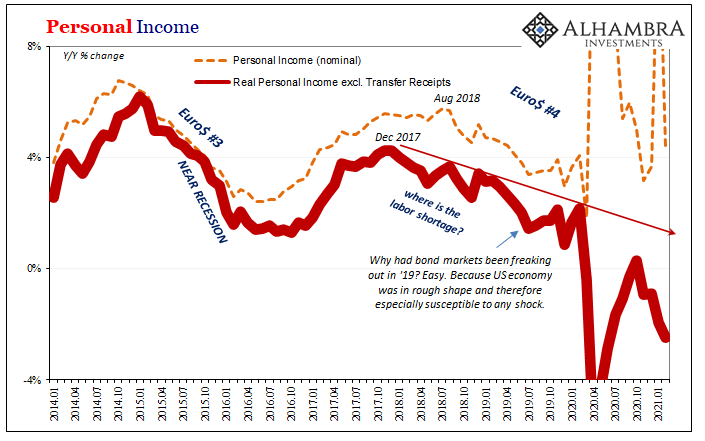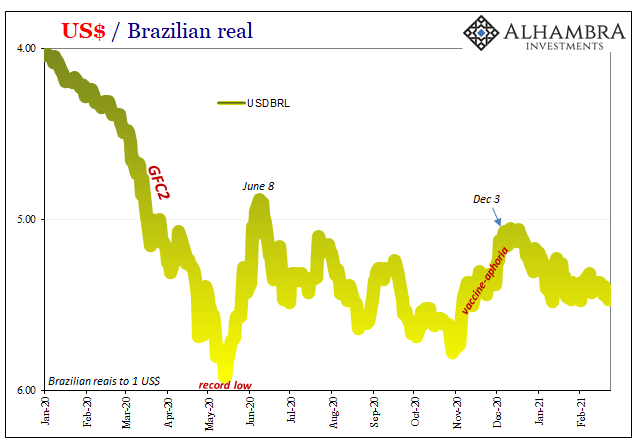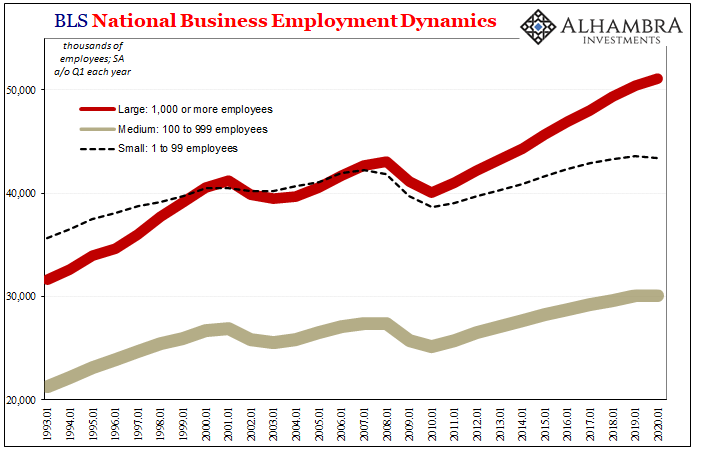There is a mixed tone in the global capital markets today. Asian shares were mixed with declines in the Nikkei (-.07%) and Shanghai (-2.9%) being offset by modest gains elsewhere. European bourses are also mixed and the Dow Jones Stoxx 600 is off slightly. European bonds benchmark bond yields are lower though US yields are firmer.
The US dollar has a softer tone though its losses are largely concentrated in against the Antipodean currencies and the Canadian dollar. The New Zealand dollar's gains are notable as the central bank left rates on hold, as widely expected, but offered a dovish bias. Firmer oil price may be a contributing factor. Reports also suggest interest in selling Swiss francs and yen for the dollar-bloc currencies.
Sterling rallied in response; it appears, to as expected Q4 GDP. The 0.5% expansion compares with 0.4% in Q3. Although many, like ourselves, feared the UK economy lost momentum in the second half of last year, it is not to be found in today's report. However, we the slowing is evident is in the year-over-year pace. It slowed to 1.9% from 2.1%, the slowest pace in three years. Moreover, the growth was confined to services, with the other sectors contracting.
Sterling's gains today leaves it within yesterday's ranges. In fact, if today's high holds near $1.4345, it is the second day of lower highs. A two-week high was recorded on Tuesday just below $1.4370. The intraday technicals warn that if sterling has not peaked for the day, it has likely come very close.
Many are still discussing the FOMC statement. We see some observers emphasizing the sentence that read: "The Committee is closely monitoring global economic and financial developments and is assessing their implications for the labor markets and inflation, and for the balance of risks to the outlook." Some see this as a dovish signal, arguing that the Fed has removed its previous assessment that risks to the outlook were balanced.
Our reading is a bit different. We see the statement as saying that the risk assessment has not changed, but that the FOMC is trying to assess whether recent developments will change its risk assessment. It also means then that recent events have not reached the threshold that necessarily requires a change. The key difference is that the former reading sees the Fed more inclined not to raise rates in March. Our view is not so much that the Fed will hike in March (we anticipate 2-3 hikes this year), but that the odds of a March hike are greater than what the market appears to be discounting.
The key is still the next two employment reports. As we have noted, despite the rise in the dollar and fall in oil prices US core CPI trended higher last year. The Fed's preferred measure, the core PCE deflator will be reported next week. It lags behind the core CPI but is gradually firming.
The BOJ’s two-day meeting concludes tomorrow. A Bloomberg survey found 21 expect the BOJ to ease more by the end of April, six of whom expect a move tomorrow. Thirteen expect no change this year. The yen has been the weakest of the major currencies over the past five sessions, falling 1% against the dollar. It losses on the cross, especially the dollar-bloc, appears to be drawing greater interest among momentum participants. This area just below JPY119 that has capped the greenback over the past five sessions corresponds to a retracement objective. The next is seen near JPY119.80.
The euro edged higher and reached almost $1.0930, the highest since the ECB meeting last week. Draghi’s “reassessment” is likely to deter strong buying. While there is potential toward $1.0960, the intraday technicals warn of losing momentum after the advance, perhaps encouraged by the firmer year-over-year readings of German state CPI reports. The country’s report is likely to show the year-over-year pace rising to 0.4% from 0.2% at the end of last year.
The US weekly jobless claims, durable goods and pending home sales. We note that the four-week moving average has been trending higher, but this weeks report is expected to show improvement (281k form 293k). Durable goods orders are expected to continue the poor showing seen in recent months while an increase in pending home sales may bode well for homes sales in the coming months.
Tags: dollar





















